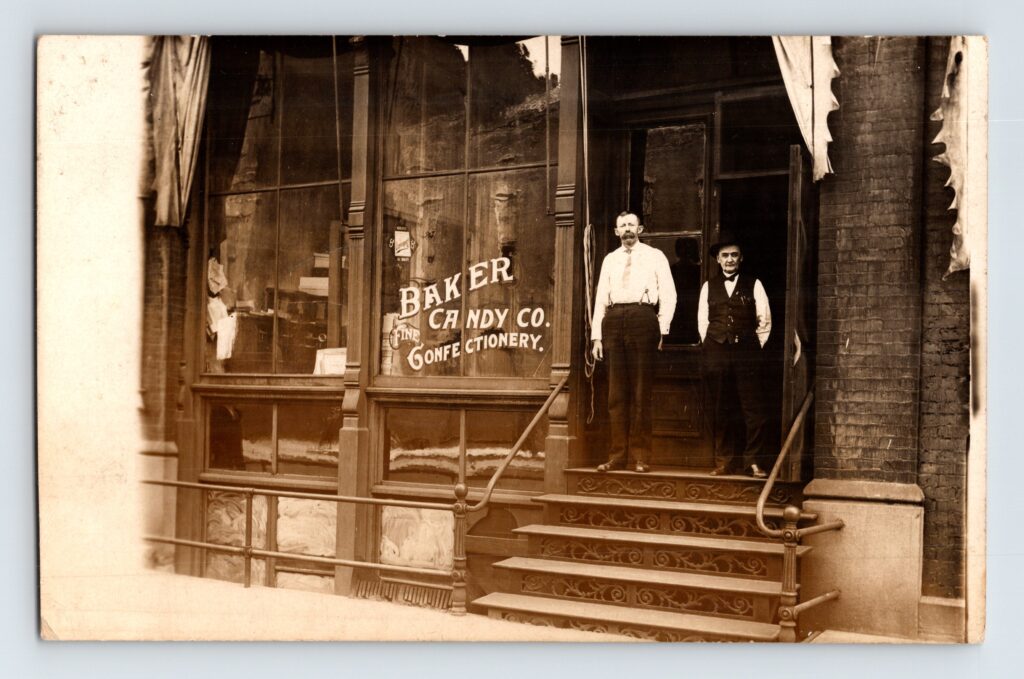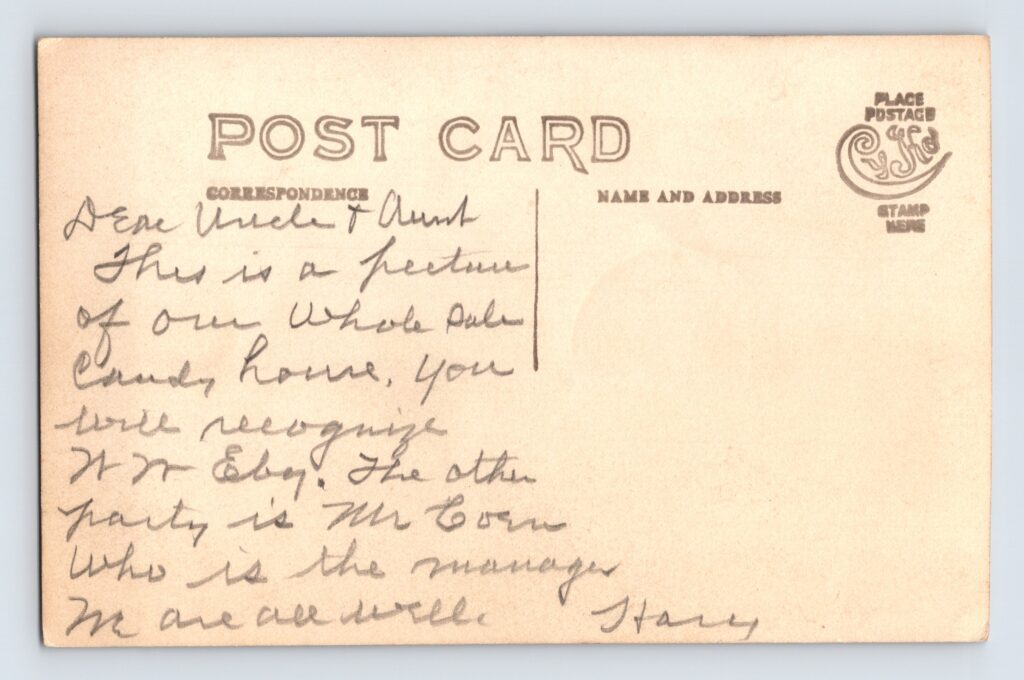
The early 1900s marked a time of significant growth and innovation in the confectionery industry. As technology advanced and consumer tastes evolved, candy making underwent a transformation, moving from a largely domestic craft to a thriving commercial enterprise. Prior to the early 1900s, candy making was primarily a household activity. Families would use simple ingredients like sugar, honey, butter, and nuts to create sweets for their own consumption. Common candies included hard candies, caramels, and taffy, which were often made by hand over open fires.
The advent of industrialization in the early 20th century revolutionized the candy industry. With the development of new machinery and manufacturing techniques, it became possible to produce large quantities of candy more efficiently and at a lower cost. Technological advancements also led to the introduction of new ingredients and candy types. The invention of the chocolate tempering machine, for example, made it possible to produce smooth, glossy chocolate bars on a large scale. Artificial flavors and colors were also developed, allowing for the creation of a wider variety of candy flavors and appearances.
One of the most significant trends in the early 1900s was the emergence of candy bars and chewing gum. These convenient and portable treats became popular among consumers of all ages. Iconic brands like Hershey’s and Wrigley’s were established during this time, and their products quickly became household names.


Leave a Reply